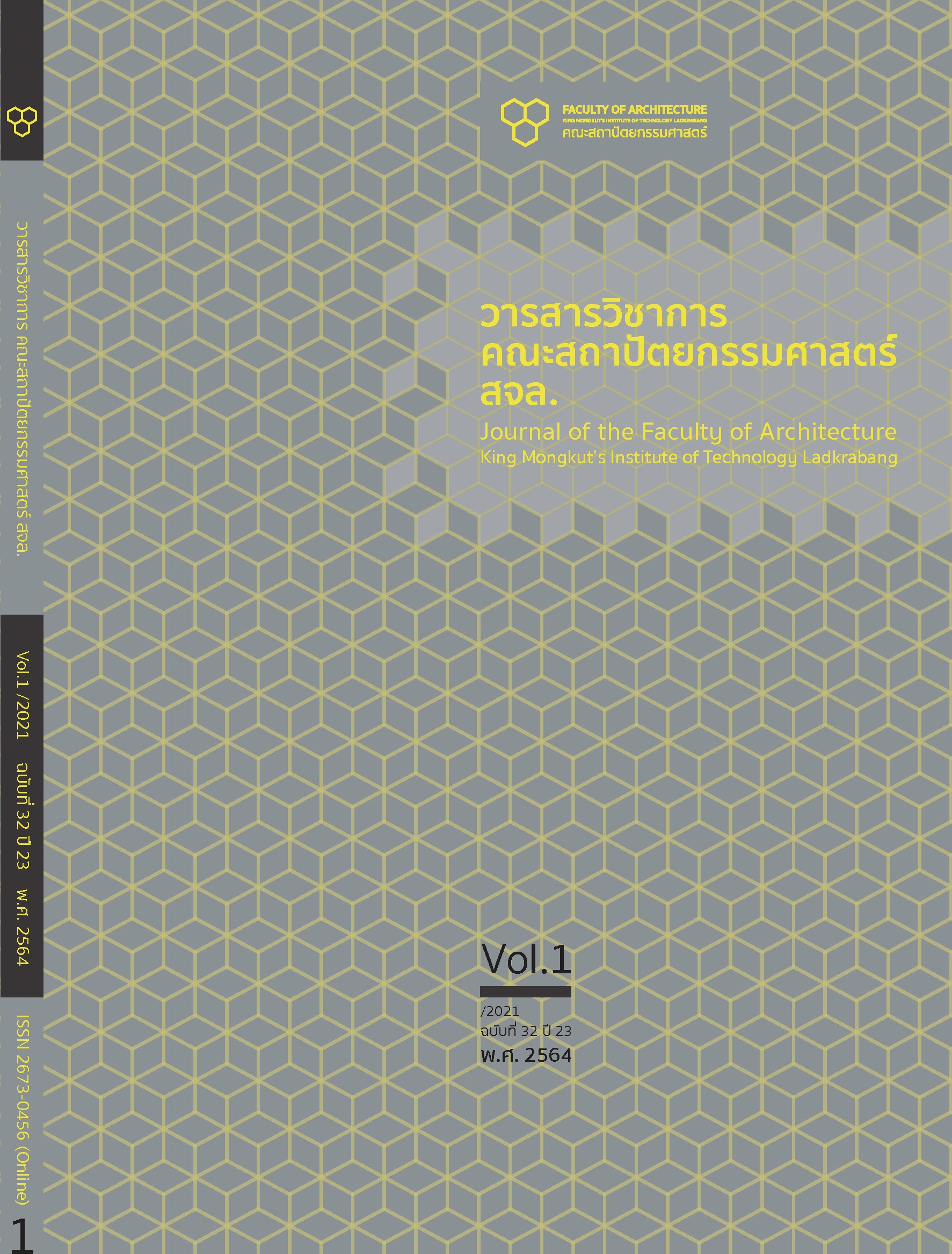Industrial Waste Product Design from the Creative Development Project of the Potential Industry: A Case Study of Supervisory District 4 Area
Main Article Content
Abstract
One of the major problems affecting the environment today is poor waste management in the manufacturing industry, several times greater than household waste. Waste management is subject to several procedures and concerns with many laws and regulations. As a result, waste management needs a higher level of effort to be implemented effectively. In tackling this issue, Thai Ministry of Industry has established the "Creative Development Project of the Potential Industry". The main objective of which is to reuse and recycle, by means of upcycling the manufacturing residue from the production processes in the industries. The critical concept of Upcycling is to use resources efficiently, which have 3Rs as a central idea, consisted of reuse, reduce, and recycle. All of these would be conducted with the help of the four stages of design processes: 1) Conducting surveys and collecting information from the industrial firms 2) Developing a design process 3) Developing and creating prototypes 4) Conducting a showcase. This paper aims to present the information gathered from developing a design process in this project, such as solid waste from them being aesthetically exotic in materials and shapes, compared to household waste. Moreover, the solid waste can also be used to create new products as well. In this project, the researcher had been working closely with environmental scientists and entrepreneurs. Consequently, this helps the researcher a broader perspective in developing a designing work and selecting a workpiece to present. Lastly, presented information and featured pictures in this project are authorized to publish for only academic purposes by the Industrial Promotion Committee Group 1 (Currently under the supervision of Group 2) of Thai Ministry of Industry.
Article Details
This work is licensed under a Creative Commons Attribution-NonCommercial-ShareAlike 4.0 International License.
Copyright Transfer Statement
The copyright of this article is transferred to Journal of The Faculty of Architecture King Mongkut's Institute of Technology Ladkrabang with effect if and when the article is accepted for publication. The copyright transfer covers the exclusive right to reproduce and distribute the article, including reprints, translations, photographic reproductions, electronic form (offline, online) or any other reproductions of similar nature.
The author warrants that this contribution is original and that he/she has full power to make this grant. The author signs for and accepts responsibility for releasing this material on behalf of any and all co-authors.
References
กรมส่งเสริมคุณภาพสิ่งแวดล้อม. (2564). เทคโนโลยีสะอาด. เข้าถึงจาก https://datacenter.deqp.go.th/serviceportal/g-green/greenlearningcenter/clean-technology/clean-technology.
กลุ่มเทคโนโลยีการป้องกันมลพิษ กองส่งเสริมเทคโนโลยีสิ่งแวดล้อมโรงงาน กรมโรงงานอุตสาหกรรม. (2564). หลักการของเทคโนโลยีสะอาด (Clean Technology: CT). เข้าถึงได้จาก http://php.diw.go.th/ctu.
บริษัท ยูไนเต็ด แอนนาลิสต์ แอนด์ เอ็นจิเนียริ่ง คอนซัลแตนท์ จำกัด. (2560). รายงานฉบับสมบูรณ์ (Final Report)โครงการพัฒนาศักยภาพอุตสาหกรรมเชิงสร้างสรรค์ โดยคณะกรรมการส่งเสริมการดำเนินงานการพัฒนาประสิทธิภาพองค์กร กลุ่มที่ 1. กรุงเทพฯ: บริษัท ยูไนเต็ด แอนนาลิสต์ แอนด์ เอ็นจิเนียริ่ง คอนซัลแตนท์ จำกัด.
สำนักบริหารจัดการกากอุตสาหกรรม กรมโรงงานอุตสาหกรรม. (2555). คู่มือ 3Rs กับการจัดการของเสียในโรงงาน. เข้าถึงได้จาก: http://www2.diw.go.th/iwmb/form/iwd040_ผนวก%20ค_คู่มือ3Rs.pdf.
สิงห์ อินทรชูโต. (2564). Upcycling: การพัฒนาเศษวัสดุอย่างสร้างสรรค์. เข้าถึงจาก https://www.seed.com/product/Upcycling-พัฒนาเศษวัสดุอย่างสร้างสรรค์.aspx?no=9786161202927
Green Network. (2019). ลดการสร้างขยะด้วยแนวคิด 3R ลดใช้ นำกลับมาใช้ซ้ำ และรีไซเคิล. เข้าถึงได้จาก: https://www.greennetworkthailand.com/ลดปริมาณขยะ-แนวคิด.


